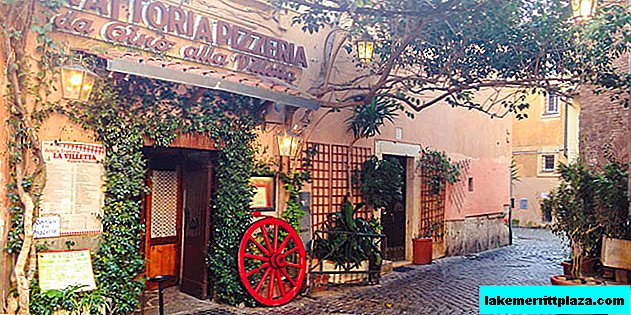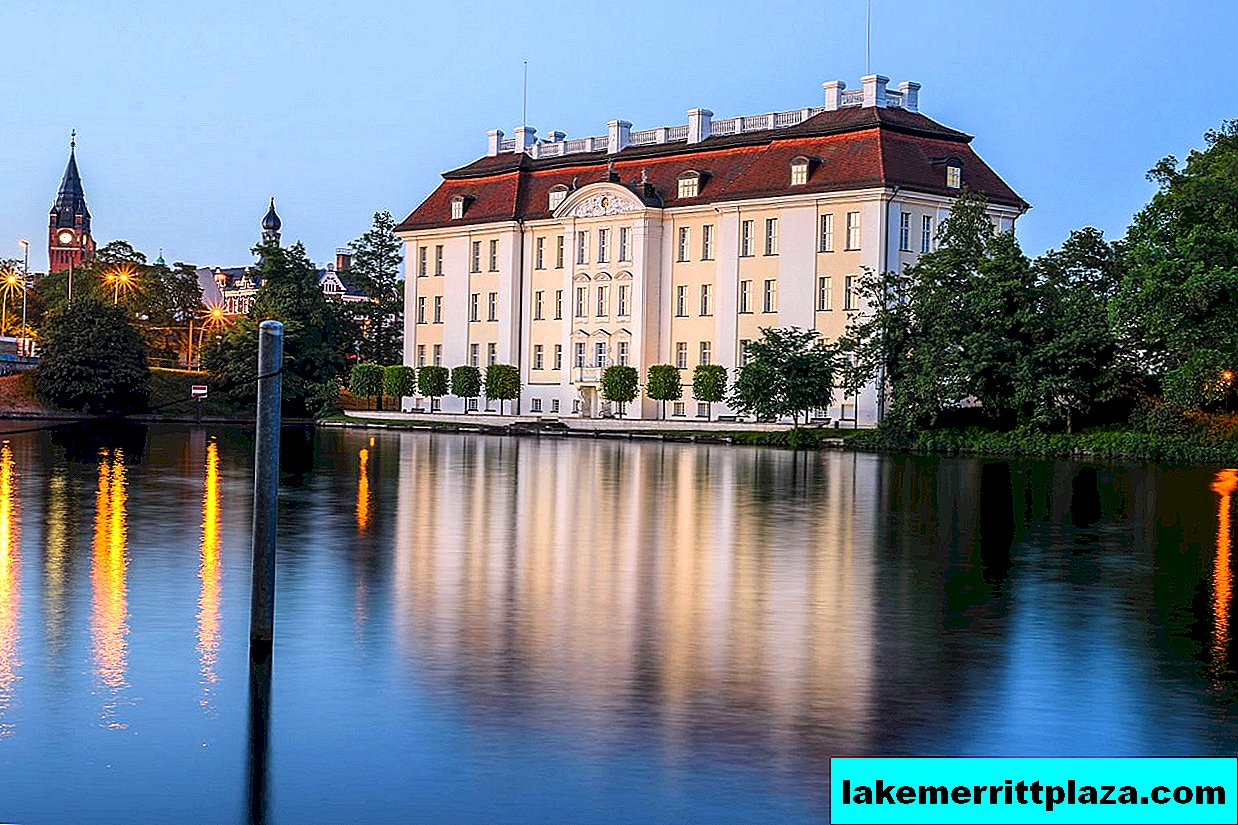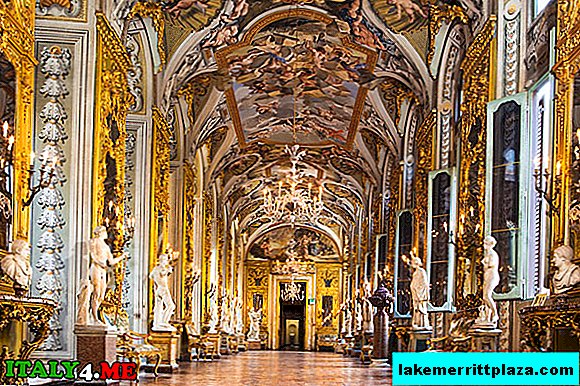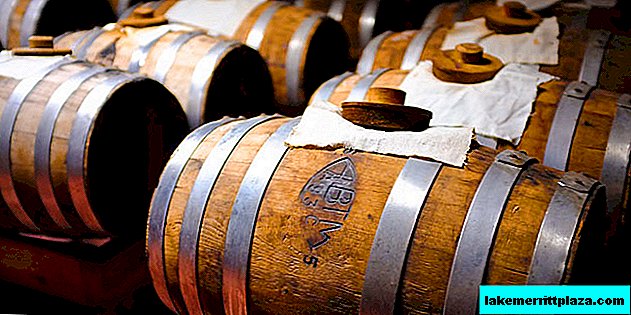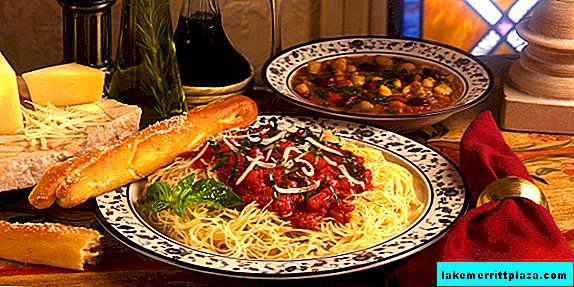The city of Assisi is located in the picturesque province of Perugia (Provincia di Perugia), located in the Umbria region, Italy. The small town is popular with Italians and visitors, as it is the birthplace of St. Francis (San Francesco), as well as his successor, St. Clara (Santa Chiara). In honor of the saints, the Assisians built two beautiful temples, another attraction of the city - the Cathedral of St. Rufino (San Rufino), the patron saint of Assisi.
Story
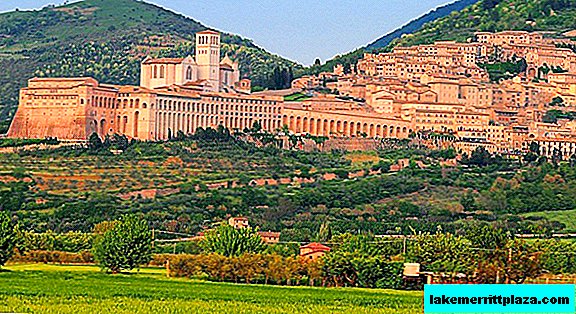
Assisi leads its history from a modest settlement in 1000 BC. In the 5th century BC Umbria was inhabited by the Etruscans who were involved in the development of the city. A century later, the dominance of the Etruscans was replaced by Roman power, and the settlement received the Latin name Assisium. By the 3rd century AD, the inhabitants of Assisi converted to Christianity, thanks to the efforts of Rufin of Assisi, who later became bishop of the city. During the West Goth invasion of Italy, the city was also plundered, many historical monuments were destroyed.
In the 12th century, Assisi was conquered by Frederick I of Hohenstaufen (German: Friedrich I Rotbart) during the Second Italian Campaign. During this period, the construction of military fortifications in the area of the city begins. The next landmark period for Assisi was the 13-14th century. The activities of Francis of Assisi and Clara of Assisi, as well as their successors, gave a powerful impetus to the construction of sacred structures.

Subsequently, the city will survive many upheavals in connection with the wars inside fragmented Italy, the invasion of Napoleon in the 18th century and the accession to the United Italian state in 1860.
Sights
Municipality Square
Municipality Square (Piazza del Comune) is the heart of Assisi's public life. The central city square is a couple of hundred meters from the cathedral, at this point many attractions are concentrated.
Archaeological research in the Piazza del Commune suggests that, during the time of Ancient Rome, it was in this place that the forum was held where city meetings and political debates were held. The modern area of the Municipality gained its status in the 13th century, when buildings and services began to be built around the perimeter of an ordinary city square, which play an important role in the life of Assisi:

- Antique Temple of Minerva (Chiesa di Santa Maria sopra Minerva)dated 1st century BC was saved for posterity.
- In 1282, the Assisi map received a new landmark - Palace of the People's Captain (Capitano del Popolo), built for the needs of the military of that time, the building later turned into a town hall. The medieval tower, crowned with a serrated crown, was taken over by the followers of the Franciscan order from the 20th century.
- Palace of Priori (Palazzo dei Priori), was built as much as 2 centuries: from the 13th to the 15th centuries, in order to become the residence of the Holy Fathers, and in modern times serves as a municipality. Palazzo walls are decorated with church coats of arms of the 14-15th centuries. The building is decorated with a decorative gallery and medieval ceiling frescoes. It is curious that one of the frescoes, the face of the Madonna and Baby Jesus belongs to the artists from the workshop of Giotto di Bondone. Also in the palace is a pinacotheca (collection of paintings) of the city.

- The undoubted favorite of the public is a three-stage bowl fountain guarded by lions. It is believed that the fountain was organized between the 16th and 17th centuries by the architect Giovanni Martinucci.
Basilica of St. Francis
The Basilica of St. Francis (Basilica di San Francesco d'Assisi) is removed from the city center at a distance of about 1 km, but, of course, is the main attraction and the purpose of the visit of many pilgrims. The church was built shortly after the death and canonization of Francis of Assisi in the 13th century. There is no more popular attraction in the city than the cradle of the Franciscan Order.
The snow-white temple, surrounded by galleries and a bell tower, is a harmonious combination of Gothic and Italian architecture. The scheme of the church of San Francesco in Assisi has a multi-level structure: the crypt, the lower church and the upper church. Church tiers amaze with the painstaking work of artists and sculptors of the 13-14th centuries: Cimabue, Giotto, Pietro Lorenzetti, craftsman of St. Francis, Simone Martini.The frescoes made by Giotto and his students, illustrating the life of St. Francis, are especially penetrating.
- Address: Piazza San Francesco, 2
Cathedral of St. Rufin
The Cathedral of St. Rufino (Cattedrale di San Rufino) is consecrated in the name of a Christian preacher of the 3rd century, who, according to legends, was the first bishop of the city. Historians suggest that San Rufino stands on the site of an ancient Romanesque temple.

Church records do not give an exact answer to the question about the time of the appearance of the temple. Some sources indicate that the relics of St. Rufin were placed in the cathedral at the beginning of the 5th century, while others insist on the 8th century. It is only known for certain that in the 11th century the cathedral, after a grand reconstruction, received the status of a cathedral.
San Rufino survived at least 5 major reorganizations, and each of them left its mark in the shape of the temple. The entrance to the cathedral is decorated with stucco molding in the form of plants and animals dating from the early Middle Ages. The interior was created in the Renaissance style, most of the jewelry was made in the 16th century by Galeazzo Alesi. Among the interior of the church are statues of saints: Francis and Clara. Also on the arches of the cathedral you can see frescoes of the 17th century and decorative stucco molding of the 19th century.

From the cathedral building you can get to the museum of the church, where valuable paintings of the 14th century, murals of the 15th century, as well as elements of older church buildings are stored. In the temple itself you can admire unique relics: the terracotta sculpture "Mourning" of the 19th century, the organ of the 17th century, the chapel of the "Communion" of the 17th century, richly decorated by the baroque artist Giacomo Giorgetti.
Of particular interest is the crypt of San Rufino, in which the remains of the saint are surrounded by ancient stones that were once part of the temple. This entire complex is part of the Diocesan Museum (Museo diocesano e cripta di san Rufino).
- Address: Piazza San Rufino, 3
- Museum Hours: from 10:00 to 13:00 and from 15:00 to 18:00
- Museum Ticket Price: 3.5 euros, preferential - 2.5 euros
- Site: www.assisimuseodiocesano.com
Basilica of Santa Maria degli Angeli
The papal basilica of Santa Maria degli Angeli is located on the outskirts of Assisi at the foot of a mountain hill, 3 km from the city.

An impressive temple was built in the 16th century in addition to an earlier building - a bell tower dated to the 9th century. The bell tower is called "Porziunkula", in honor of the summer festival of absolution, founded by St. Francis. At one time, the monk spent a lot of time in prayers in the walls of this bell tower. Also, a young Umbrian aristocrat, known in Catholicism under the name of St. Clara, was tonsured in the basilica.
Inside Santa Maria degli Angeli, there are also many interesting relics: a 13th-century crucifix by Giunta Pisano, the face of St. Francis, the brush of Cimabue, the chapel in which Francis took his last breath.
- Address: Via Porziuncola, 1
- Working hours: Monday to Friday from 9:30 to 12:30 and from 15:00 to 18:30; Saturday from 9:30 to 12:30; Sunday is a day off.
- Site: www.porziuncola.org
New church

Near San Rufino you can find another temple - the New Church (Chiesa Nuova), dating from the 17th century. According to legend, in the 13th century on the site of the church stood a house in which the family of St. Francis lived. The building, made of brown brick, is modest in size. The cozy baroque church inside is decorated with frescoes depicting Francis of Assisi, as well as evangelists. Another undoubted decoration of this place is a sculpture depicting the father and mother of Francis, installed near the church in 1984.
- Address: Piazza chiesa nuova
Basilica of St. Clara
The Church of St. Clara (Basilica di Santa Chiara) is located on a hill, so from the area adjacent to it, excellent views of the lower city and the surrounding area.
The basilica was built in the 13th century to perpetuate the name of Clara, the true follower of St. Francis. This church became the first refuge for the body of the deceased priest, who was subsequently reburied in San Francesco in Assisi. Near the church is the Clarisse monastery for girls.
The vast pink and white building of the Basilica of St. Clara noticeably gravitates to the Gothic. The arrow-shaped peak of the church tympanum, the openwork circle of the window-sockets, the horizontal division of the building into three parts - represent an impressive and at the same time moving picture. The bell tower adjoins the church, which in its height surpasses even the bell tower of the church of St. Francis!

Inside the temple, it will be interesting to see the chapel of St. George, numerous murals depicting the life of St. Clara, as well as Francis, biblical subjects. The paintings of the main altar of the basilica, made by Giotto's workshop, are of undoubted value. Saint Clara herself rests in a sarcophagus under the main altar, in the 19th century a crypt was built for these purposes.
- Address: Via Santa Chiara, 49
- Church Hours: from 7:30 to 13:00 and from 16:30 to 20:00; working hours of the monumental complex: on weekdays from 9:30 to 17:30.
- Ticket price: full - 6 euros, preferential - 4.5 euros
- Official site: www.monasterodisantachiara.com
Abbey Church of St. Peter
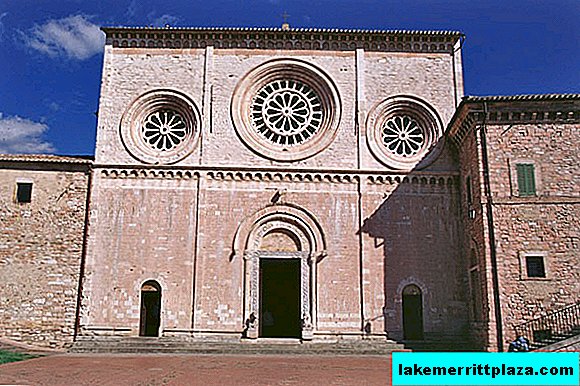
St. Peter's Church (Abbazia di San Pietro) appeared in the 10th century, and its modern appearance began to form in the 13th century. This modest building is based on a three-nave Romanesque basilica, decorated with some elements typical of the structures of the Order of St. Benedict. It is noteworthy that all the other temples of the city are under the auspices of the Order of the Franciscans.
Despite the fact that San Pietro was well restored in the middle of the 20th century, its building was damaged during a strong earthquake in Assisi in 1997. After a long restoration, the temple resumed its work only in 2002.
The facade of the building is covered with slabs of pink sandstone mined in the local mountains of Monte Subasio. Three round carved windows are placed above the entrance to the building. A small square tower of the bell tower is visible above the dome of the church. The interior decoration of the church is rather laconic: the altar, with the crypt located under it, the apse adornment suffered during the earthquake, the vaults are decorated with partially preserved frescoes and sculptures of the 14th century. The chapel "Communion" is most richly decorated: Gothic architecture and paintings of the 15-16 centuries.
- Address: Piazza san pietro
Big fortress
Assisi's sights on its list have another curiosity - the Great Fortress (Rocca maggiore), which is perfectly visible from anywhere in the city.

The fort, standing on a hill, rises above the city since the conquest of Umbria by Charles the Great (11th century). At the end of the 12th century, the fortress on the hill was badly damaged and remained in a deplorable state until the 14th century. Cardinal Egidio Albornoz (Egidio Albornoz) engaged in the reconstruction of the fort, increasing its area due to additional towers and fortifications.

In subsequent centuries, the Great Fortress experienced many more restructuring, until the need for it disappeared in the 17th century. The labyrinths of narrow corridors, numerous spiral staircases and rooms became desolate. In this "canned" form, the curiosity has reached modern days. The trapezoidal monolith of the fort attracts tourists, promising to give unforgettable views of Assisi and the surrounding valley.
- Address: Piazzale delle liberta comunali
- Working hours: from November to February from 10:00 to 15:45; during the spring and autumn months, the working hours are extended until 19:00, and in the summer months until 19:30.
- Ticket price: full - 5.5 euros, preferential - 3.5 euros.
Church of St. Damian
The Church of St. Damian (Chiesa di San Damiano) is located a few kilometers from Assisi, south of San Rufino.

The attraction appeared on a map of the city in the 11th century.. In the 13th century, Francis of Assisi saw that the temple was in a deplorable state, and heard a voice from above that ordered him to restore the house of God. To fulfill the covenant received, the young man spent all his savings and sold goods from his father’s trading shop. Even the threat of permanently breaking off relations with his family did not stop Francis.

Throughout the 13th century, near the Church of St. Damian was the monastery of the Clarisse Sisters, organized by St. Clara. In memory of those times, the statue of the saint at the entrance to the temple was preserved. The church building is quite compact, which is a one-nave basilica, decorated with ceiling paintings of the 14th century. There is an unusual relic in the church - the “money window”, in which St. Francis once hid the money raised for the repair of the church.
- Address: Via San Damiano, 85
- Working hours: from 6:15 to 12:00 and from 14:00 to 19:45 (in the winter until 17:45).
- Visit - free.
- Site: www.assisiofm.it
How to get there

Assisi is conveniently located for travelers traveling by rail. Trains from Perugia, Florence and Rome (cost about 10 euros) always stop at the city station. The map of Assisi indicates that the railway station is 4 kilometers from the city, so travelers should use the local bus line C. This route is great for getting to the city, to the Basilica of San Francesco or to get into the vicinity of the cathedral.
- See instructions: how to buy train tickets for Italy
The transport of route C runs at half an hour intervals from 5:20 to 23:00. Tickets should be purchased in advance at a special kiosk. Ticket price - 2.6 euros. The exact schedule of the city bus can be viewed on the website: www.umbriamobilita.it
- Official website of the city of Assisi: www.comune.assisi.pg.it

